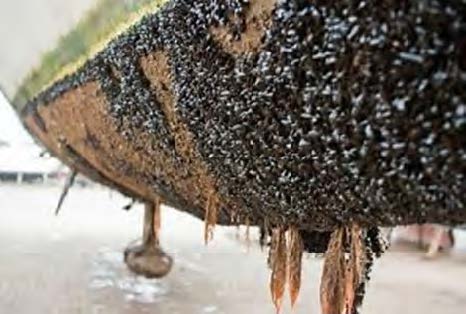Study launched to revisit copper TMDL for Marina del Rey Harbor

SCCWRP has launched a two-year study examining whether existing regulatory targets for dissolved copper in Marina del Rey Harbor should be modified to more accurately reflect the ecological threat posed by copper.
The study, which kicked off in January, will document the concentrations of copper that aquatic organisms in the Los Angeles County boat harbor are exposed to at different times of the year, and how toxic these copper levels are at different sites across the harbor.
Under the harbor’s existing Total Maximum Daily Load (TMDL) regulatory target, Marina del Rey Harbor is required to reduce copper loading by 85%, which would require boat owners to make significant changes to the types of anti-fouling paint they typically use on the underside of boats.
Although copper in boat paint plays an essential role in preventing barnacles and other marine life from attaching and growing on the underside of boats, water quality in the boat harbor frequently exceeds the regulatory standard of 3.1 ug/L for copper. Marina del Rey is the largest man-made, small-boat harbor in California.
The regulatory target for copper was originally set based on the results of standardized laboratory toxicity tests. However, because the tests used purified seawater, researchers don’t know if dissolved copper in Marina del Rey is as toxic to aquatic life as it would be in purified seawater. Previous research has indicated that factors such as dissolved organic carbon can influence the bioavailability of dissolved copper to aquatic life.
The SCCWRP study will seek to use an approach endorsed by the U.S. Environmental Protection Agency to set a site-specific water-quality objective for dissolved copper. The approach enables water-quality managers to consider the effect of local water-quality characteristics on copper toxicity.
The site-specific objectives approach has been used to modify copper regulatory targets for San Francisco Bay, the Los Angeles River and Calleguas Creek in Ventura County.
Also during the study, researchers will test-drive a recently developed marine version of the Biotic Ligand Model (BLM) to predict variations in Marina del Rey Harbor copper toxicity based on water-quality characteristics. A proposed revision of the EPA water-quality criteria for copper uses the BLM; this study will provide information on how well the model performs in Southern California waters.
Sampling for the study, which began in January, is expected to continue through 2019. A draft work plan for the study will be distributed for public review in the coming months.
For more information, contact Steven Bay.
More news related to: Sediment Quality, Top News